Dougie Wallace explores gentrification in Shoreditch in his latest photography book
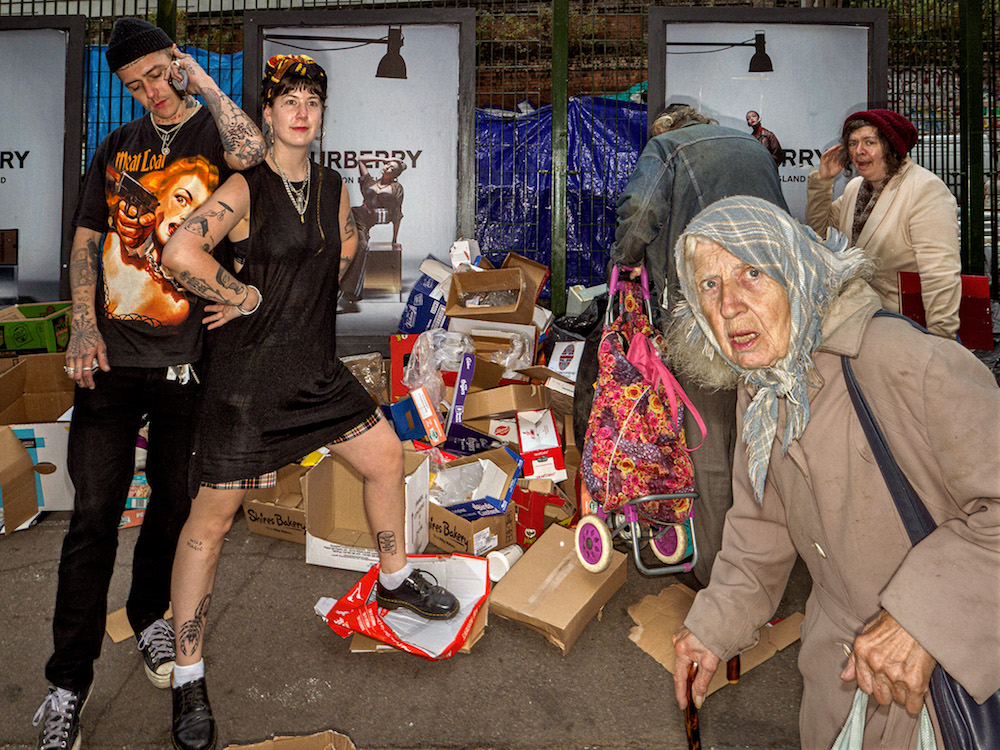
Before it became a recognised art form, street art was called graffiti, a sign of decay that lowered property values. Fast forward to the transformation of London’s east end and it became cool. Seen as ‘gritty’ and ‘edgy’, street art generates interest in an area. Refashioned, and made acceptable, it transforms public space as areas become high-priced, trendy and desirable.
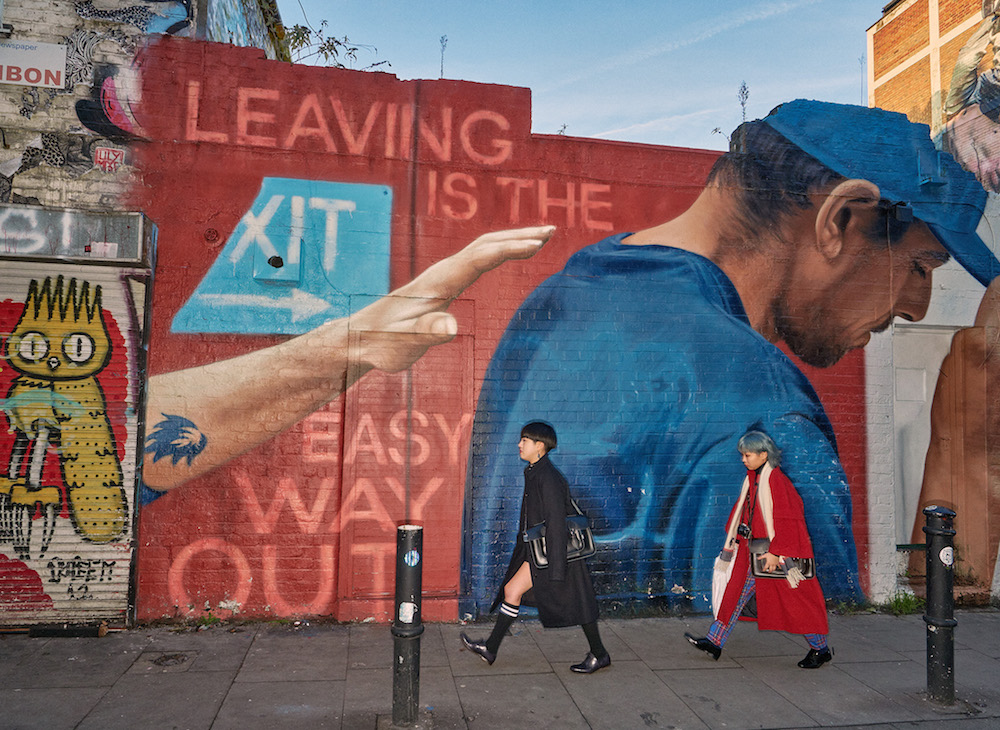
Its ‘edge’ and sense of ‘authenticity’ become a means to speed up the gentrification process. But as property prices rise, the cost of living forces out both those artists, who created the art, as well as the local residents, who can no longer afford to live there. Never was this truer than in Shoreditch, where these images were shot– Brick Lane, Redchurch Street and Sclater Street – an open-air case of urban art, generating considerable tourism.
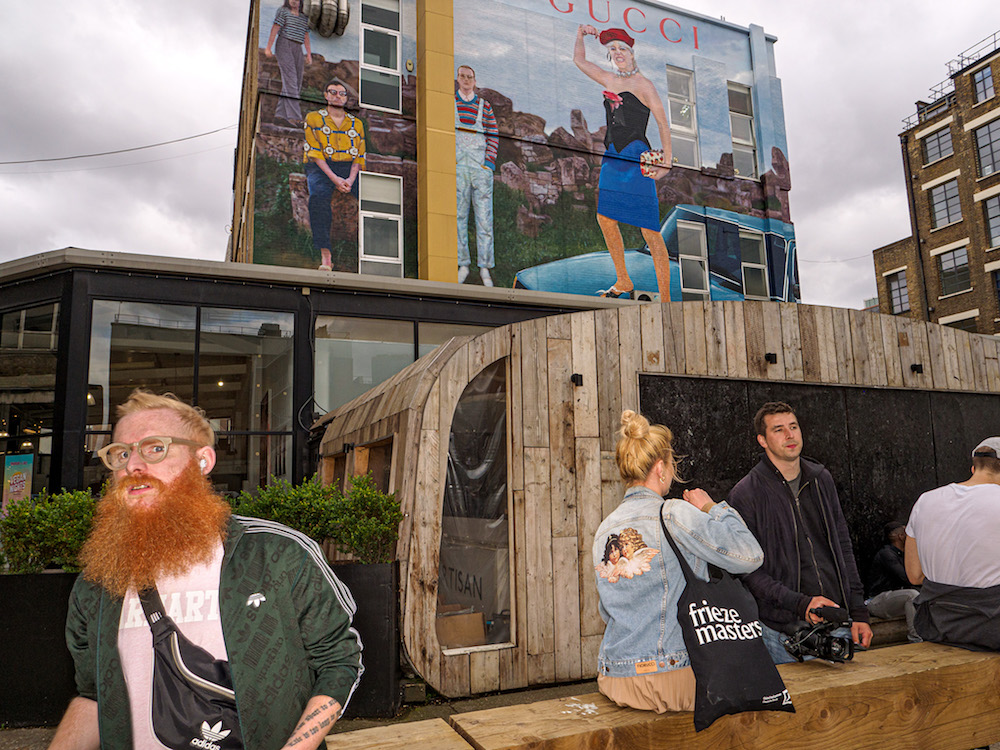
Once considered as spray-painted vandalism, graffiti now appears in galleries and museums worldwide. Artists, who were hooded, hidden and nocturnal, are out in the open, producing their work in broad daylight from cherry-picker platforms. Commissioned by corporate brands, such as Adidas and Gucci, they offer creative interventions into the urban landscape, images of coolness and affluence – murals destined to become instagrammable propaganda.
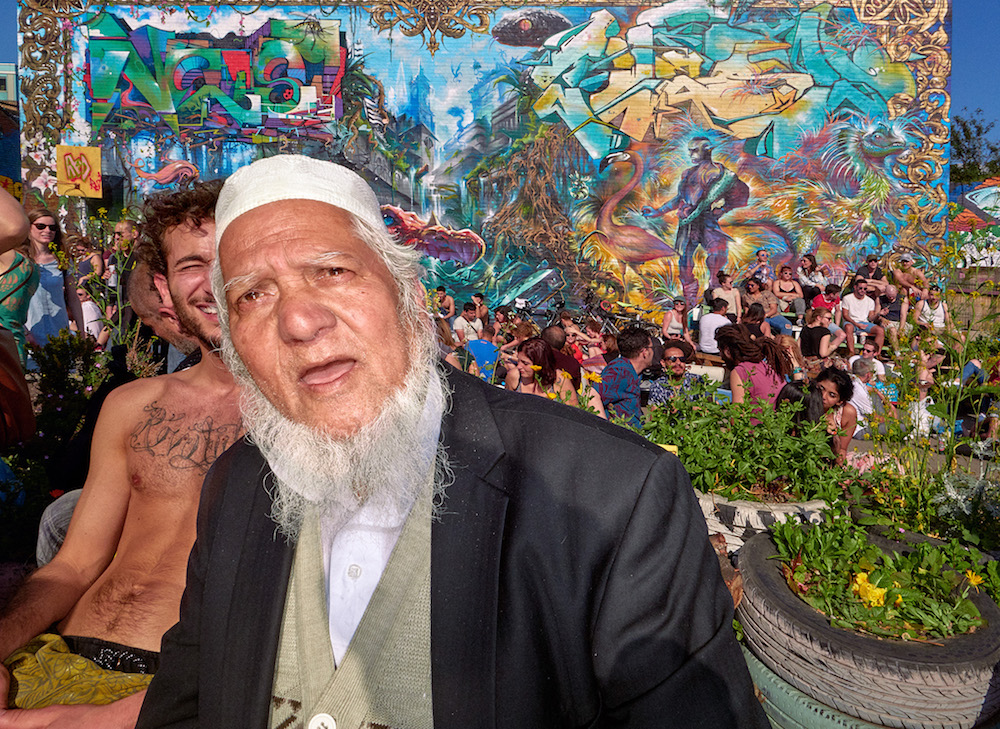
You see every code of cool fashion and attitude, alongside scenes of poverty and people trading on the streets in anything but the cool. Gentrification has brought numbing sameness, yet look carefully and you’ll spot the cheeky protest posters – political critique to climate change rebellion – purposefully plastered over and defacing the ads, as if the voice of the streets is reclaiming its walls.
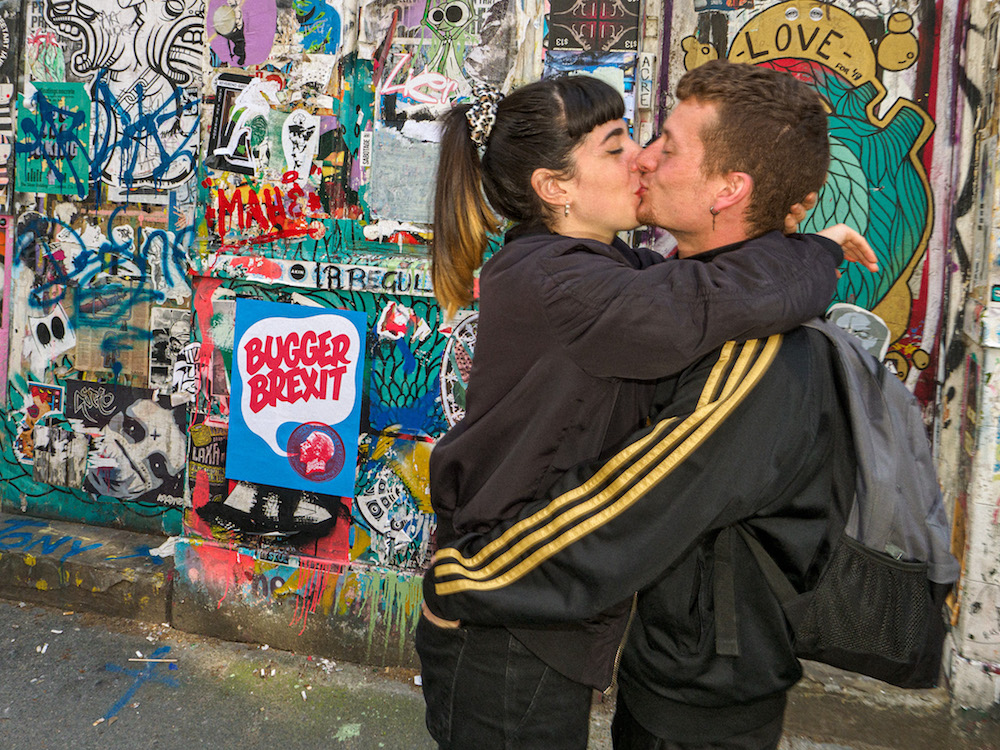
East Ended will be exhibited at Gallery 46 in Whitechapel until March 21st 2020